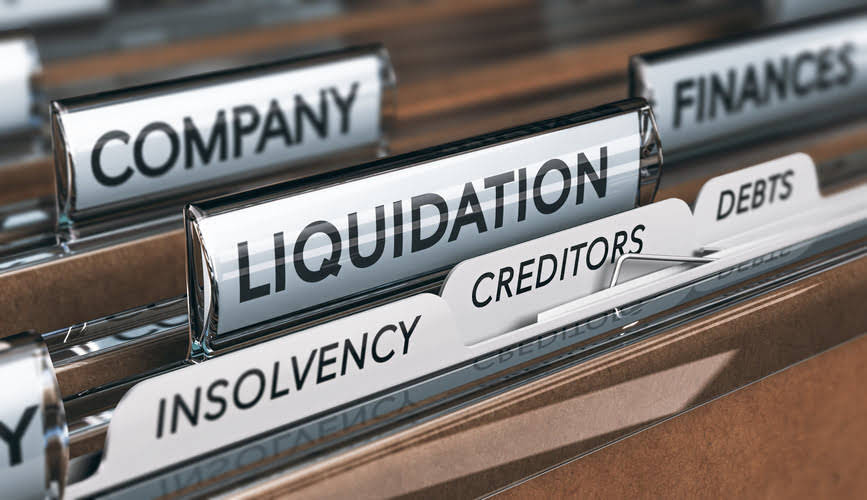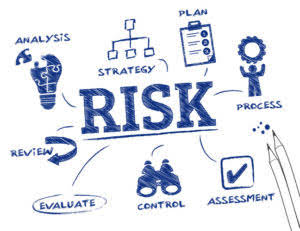Examples of fixed costs include rent, salaries, insurance and depreciation. These costs do not vary with the quantity produced and are therefore “fixed” for a specific period or level of output. Marginal cost is calculated by dividing the change in total cost by the change in the number of units produced. The most basic profit maximization strategy is to compare a company’s marginal revenue and marginal cost. If the company can sell one additional good for more than the cost of that incremental good, the company can increase profit by increasing output. Professionals working in a wide range of corporate finance roles calculate the incremental cost of production as part of routine financial analysis.
When marginal costs equal marginal revenue, we have what is known as ‘profit maximisation’. This is where the cost to produce an additional good, is exactly equal to what the company earns from selling it. In other words, at that point, the company is no longer making money. Dividing the change in cost by the change in quantity produces a marginal cost of $90 per additional unit of output. The definition of marginal cost states that it is the cost borne by the company to produce an additional unit of output.
What does a marginal cost example look like?
For instance, in the hat example—if the first batch of hats cost $100 to make but the second batch cost $200 to make, the company is now in a tough spot. It has to either decide on finding a more efficient way to produce the product or raise the prices to see a profit. However, if the marginal cost is higher than the selling price, it might be better to reduce output or find ways to decrease production costs. Knowing the cost of producing an additional unit can help determine the minimum price to cover this cost and remain profitable. This can occur for various reasons, such as increased complexity of operations, higher raw material costs for additional units or limited production capacity.
- Of great importance in the theory of marginal cost is the distinction between the marginal private and social costs.
- When considering marginal costs, fixed costs are excluded unless the increase in output level pushes the company into a higher relevant range.
- Now, you decide to increase your cupcake production by 20 cupcakes per day, making it a total of 120 cupcakes.
- In the example above, the cost to produce 5,000 watches at $100 per unit is $500,000.
- Alternatively, the business may be suffering from a lack of cash so need to sell their products quickly in order to get some cash on hand.
For example, projecting future cash flow or evaluating the feasibility of a new product line could rely on knowing the cost of additional production. Tying the two together, let’s go back to our widget-maker example. https://www.bookstime.com/ Marginal benefit represents the incremental increase in the benefit to a consumer brought on by consuming one additional unit of a good or service. Let’s say it costs $100,000 to manufacture 50,000 cell phone cases.
The Impact of Fixed vs. Variable Costs on Marginal Cost
Instead of investing in minimally successful goods, it can focus on making individual units that maximum returns. Of great importance in the theory of marginal cost is the distinction between the marginal private and social costs. The marginal private cost shows the cost borne by the firm in question. It is the marginal private cost that is used by business decision makers in their profit maximization behavior. It incorporates all negative and positive externalities, of both production and consumption.

Marginal cost is the price elasticity of demand or the price difference between demand and supply. For example, suppose I want to build a shed and I figure out that if I buy lumber one unit at a time, I will be able to build one thousand units over the next ten years. That would be my marginal cost how to calculate marginal cost and marginal benefit graph in economics. In economics, marginal cost is one of the key concepts and an essential concept that is involved in costing. This marginal cost is called the underlying asset cost or marginal cost basis, it is the cost element that can be changed without reducing cash flow.
What is the relationship between marginal cost and level of production?
Economies of scale apply to the long run, a span of time in which all inputs can be varied by the firm so that there are no fixed inputs or fixed costs. Production may be subject to economies of scale (or diseconomies of scale). Conversely, there may be levels of production where marginal cost is higher than average cost, and the average cost is an increasing function of output. Since fixed costs do not vary with (depend on) changes in quantity, MC is ∆VC/∆Q. Thus if fixed cost were to double, the marginal cost MC would not be affected, and consequently, the profit-maximizing quantity and price would not change. This can be illustrated by graphing the short run total cost curve and the short-run variable cost curve.

It should be noted that marginal costs refer to the increase or decrease in costs on account of the block of units produced or sold. Marginal cost is the additional cost incurred when producing one more unit of a good or service. It represents the change in total cost when output is increased by one unit. He has a number of fixed costs such as rent and the cost of purchasing machinery, tills, and other equipment.
Knowing your marginal cost and how it relates to your marginal revenue is critical for pricing and production planning. You may need to experiment with both before you find an optimal profit margin to sustain sales and revenue increases. If the marginal cost for additional units is high, it could signal potential cash outflow increases that could adversely affect the cash balance.
- They might, however, be enticed to purchase a second table for $50, since there is an incredible value at that price.
- However, since fixed costs don’t change with production levels, the change in total cost is often driven by the change in variable costs.
- Markets never reach equilibrium in the real world; they only tend toward a dynamically changing equilibrium.
- For example, if you price each jacket at $90, you’d make a profit of $45 per jacket.
- Let us learn more about the marginal cost along with its formula in this article.
- Those additional 10 hats are what is known as the marginal product.
- Start with a free account to explore 20+ always-free courses and hundreds of finance templates and cheat sheets.